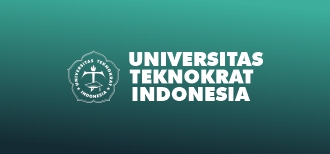
The Internet has revolutionized the way teaching and learning take place. It has opened up new opportunities for students to access educational resources, collaborate with others, and learn at their own pace. Here are some ways in which the Internet can be used for teaching and learning:
1. Online courses: The Internet has made it possible for students to access online courses from anywhere in the world. Online courses can be taken at a student’s own pace, and they often offer a more flexible schedule than traditional classroom-based courses.
2. Educational websites: There are many educational websites that provide resources, activities, and quizzes to help students learn. These websites cover a wide range of subjects, from math and science to history and literature.
3. Social media: Social media platforms such as Twitter, Facebook, and LinkedIn can be used to connect with other students and teachers, share resources, and engage in discussions related to learning.
4. Digital textbooks: Many textbooks are now available in digital format, which makes them more affordable and accessible to students. Digital textbooks can also be updated more easily than printed textbooks, which means they can reflect the latest information and research.
5. Educational apps: There are many educational apps that can be used to supplement classroom learning. These apps provide interactive content, quizzes, and games that make learning more engaging and fun.
Overall, the Internet has made learning more accessible, flexible, and engaging for students. However, it is important to ensure that students are using the Internet safely and responsibly, and that they are able to distinguish between reliable and unreliable sources of information.

The internet has revolutionized teaching and learning by providing access to a wealth of information and resources that were previously inaccessible. Here are some ways in which the internet has impacted teaching and learning:
1. Access to Information: The internet has made it possible for anyone with an internet connection to access a vast amount of information from all over the world. This has made learning more accessible and has expanded the scope of what can be learned.
2. Online Courses: The internet has made it possible for people to take courses online from anywhere in the world. This has made education more accessible to people who may not have been able to attend traditional schools due to financial, geographical, or other reasons.
3. Collaboration and Communication: The internet has made it easier for students and teachers to collaborate and communicate with each other. Online discussion forums, video conferencing, and other collaborative tools have made it possible for students to work together on projects and assignments, even if they are in different parts of the world.
4. Personalized Learning: The internet has made it possible for students to learn at their own pace and in their own style. Online courses and resources can be tailored to individual needs and preferences, making learning more effective and engaging.
5. Open Educational Resources: The internet has also made it possible for educators to share their resources and materials with a wider audience. Open educational resources (OER) are freely available online and can be used by anyone for teaching and learning purposes.
Overall, the internet has had a profound impact on teaching and learning, making education more accessible, engaging, and effective for learners around the world.